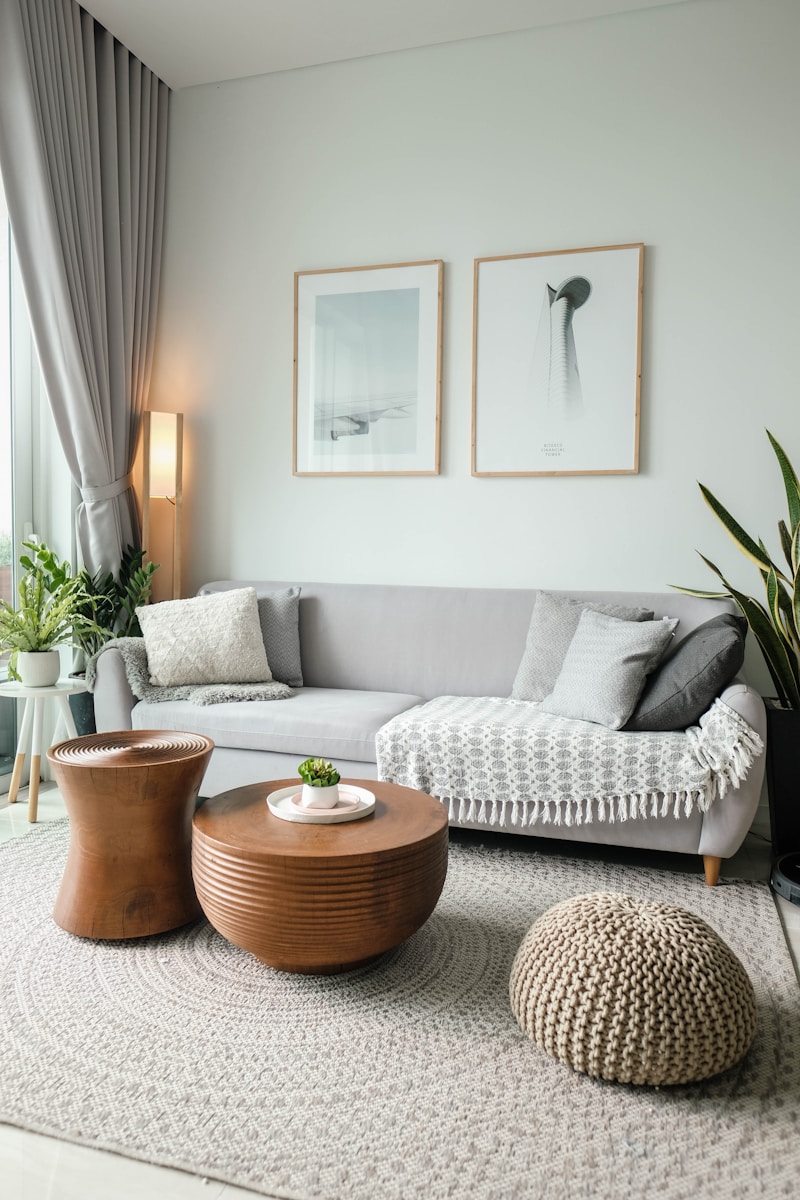Finding the Perfect Balance between Industrial and Romantic
In today's world of design and aesthetics, the trend of juxtaposing industrial elements with romantic notions has gained significant traction. As urban spaces evolve, the demand for striking interiors merges the raw, unfinished aspects of industrial design with the soft, inviting undertones of romantic style. This article will explore how to find the perfect balance between these two styles while providing insights, tips, and examples, ensuring you can apply these concepts in your own living or working space.
Understanding Industrial and Romantic Styles
To begin our exploration, let's define industrial and romantic styles. Industrial design roots back to the mid-20th century when abandoned factories and warehouses became repurposed into livable spaces. This style features raw materials like exposed brick, steel beams, and concrete floors. It's characterized by a minimalist aesthetic, focusing on functionality and raw beauty.
On the opposite end is the romantic design, which evokes warmth, intimacy, and coziness. It uses soft colors, flowing fabrics, antique furniture, and intricate details. This style often draws on historical references, inspiring feelings of nostalgia and comfort.
The Appeal of Each Style
Understanding the appeal of each style can help us articulate why mixing them works so effectively. Here’s a brief overview of the primary attractions:
| Style | Appeal |
| Industrial | Raw beauty, minimalist aesthetics, strong character |
| Romantic | Warmth, comfort, nostalgia, intricate details |
Combining Elements of Both Styles
The key to effectively merging industrial and romantic styles lies in the art of balance. Here are several strategies to consider when combining these two seemingly disparate designs:
1. Choose a Neutral Color Palette
Start with a neutral base. Industrial spaces often employ grays, blacks, and whites. Introduce romantic elements through soft pinks, beiges, and creams. The use of a neutral color palette allows both styles to coexist harmoniously, bridging the gap between the harshness of industrial design and the softness of romantic decor.
2. Incorporate Mixed Materials
Using a mix of materials is essential in this design fusion. Pair a steel coffee table with a plush, velvet sofa. Use reclaimed wood in industrial-style furniture alongside delicate lace curtains. This combination will create an intriguing visual contrast that maintains an inviting atmosphere.
3. Play with Scale
Mixing different scales can create a compelling aesthetic. Large, industrial fixtures like pendant lighting or oversized art pieces can be balanced with smaller, romantic elements like vintage photographs or antique vases. This contrast adds interest to the space without overwhelming it.
4. Create Focal Points
Choosing focal points helps direct attention and engage viewers. An industrial kitchen with modern appliances can feature romantic-style open shelving adorned with vintage china or plant arrangements. Establishing these points keeps the space visually appealing and functional.

5. Balance Textures
Texture plays a pivotal role in blending these styles. Industrial designs typically rely on hard surfaces like concrete or metal, while romantic interiors incorporate softer finishes such as plush rugs and cozy blankets. To achieve balance, mix textures wisely; consider layering a soft throw over a leather chair or using a textured area rug to soften a wooden floor.
Applying This Balance in Different Spaces
The quest for balance between industrial and romantic styles can be tailored to fit various spaces, from urban apartments to spacious homes. Here are some practical applications of this design philosophy:
Living Rooms
For a living room, consider an industrial-style coffee table paired with a wrap-around sectional adorned in soft fabrics. Add plush throws and pillows to warm up the space. Opt for metal light fixtures that blend seamlessly with soft lighting to create an inviting atmosphere.
Kitchens
Your kitchen can showcase a mix of industrial and romantic through an open shelving design. Use raw wooden shelves to display vintage dishware or potted herbs. Combine a stainless steel countertop with charming drawer pulls in antique brass for a unique blend.
Bedrooms
The bedroom can adopt a romantic vibe enhanced by industrial touches, such as a wrought iron bed frame paired with fluffy bedding in soft, romantic colors. Consider adding rustic wood elements through furniture and decorative accents, allowing intimacy and relaxation to echo throughout the room.
Common Questions About Balancing Styles
As we conclude our discussion about finding the perfect balance between industrial and romantic design, you may have some common questions:
What are some key elements to avoid?
Avoid over-cluttering spaces, which can detract from both styles' essence. Ensure that industrial elements do not overpower the romantic aspects and vice versa. Strive for a streamlined design that speaks to both characteristics.
How can I personalize the space further?
Incorporate personal artifacts, such as travel souvenirs or family heirlooms, to make your combined space uniquely yours. This approach provides depth and character while maintaining the balance between industrial and romantic styles.
Can I change the balance over time?
Yes! The beauty of design is that it’s fluid and adaptable. You can adjust your color scheme or textures over time, allowing your space to evolve without losing its unique appeal.
Conclusion
Finding the perfect balance between industrial and romantic styles requires careful consideration of elements such as color, materials, and texture. By implementing these design tips, you can create a harmonious space that feels both inviting and sophisticated. Whether you’re looking to update your living room, kitchen, or bedroom, embracing the fusion of these two styles will result in a unique and personalized aesthetic that resonates with your vision and lifestyle. Pay attention to the balance as you introduce each element, ensuring that both styles complement rather than compete. Remember, successful design often lies in the nuances of what you choose to combine.